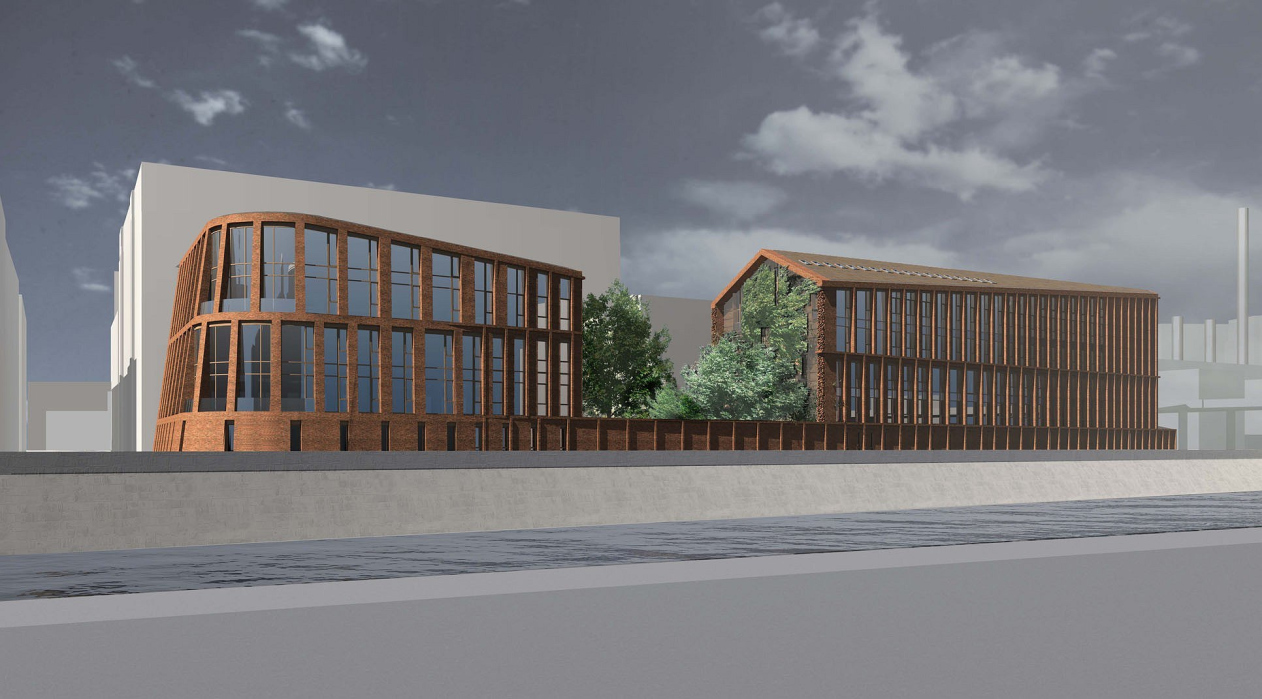Masonry-Bound
Early this year, GUTA Development Company organized a closed competitive tender for the project of a residential building on Bolotnaya embankment. The list of the participants included “Sergey Skuratov Architects”.




14 March 2011

Written by: